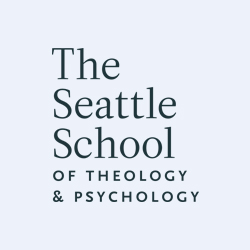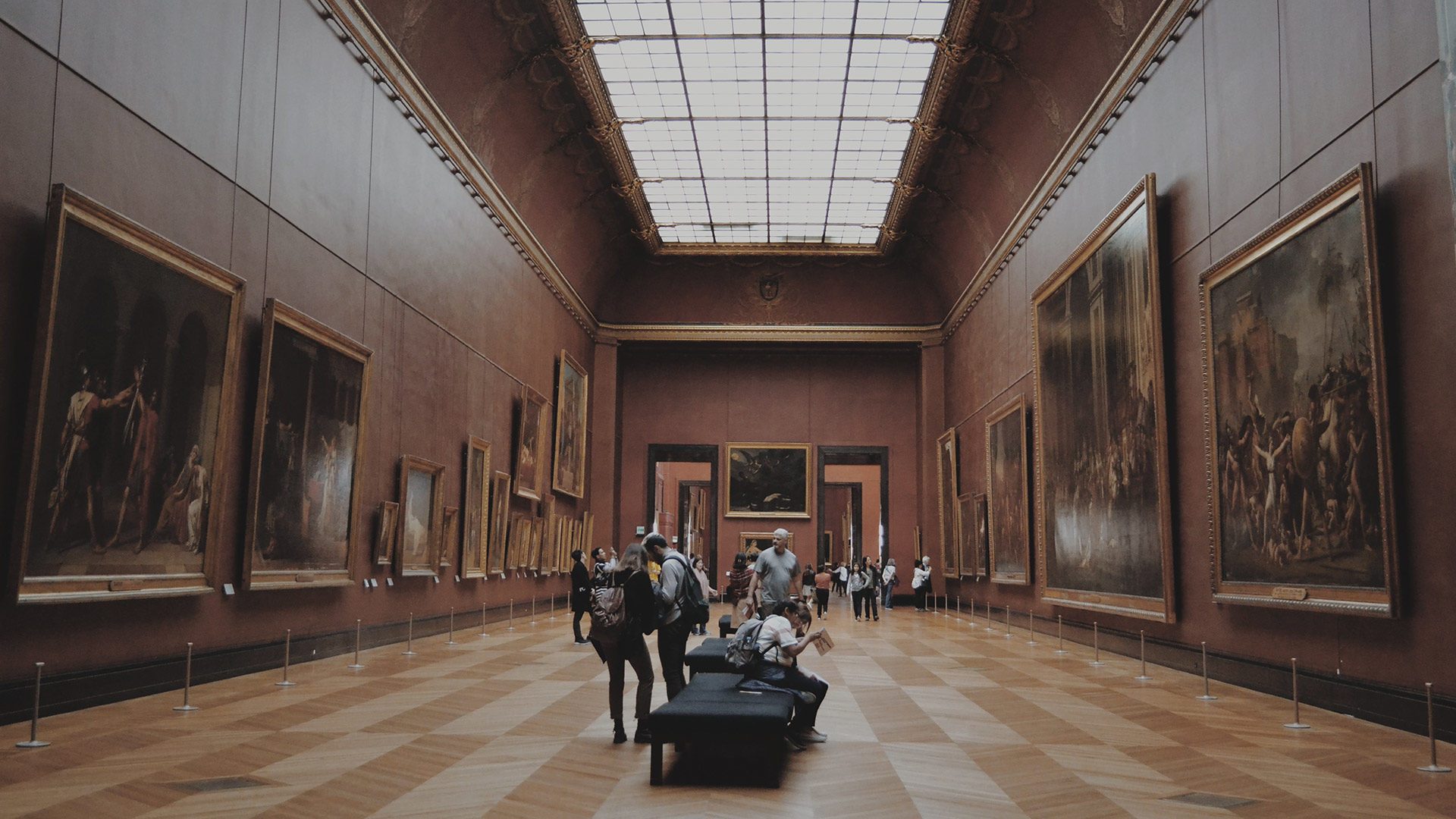Theology and the Artistic Impulse is a Theology & Culture elective offered every other winter that uses art as a starting place for theological inquiry. The course is designed to help students expand their understanding and application of how we derive theological meaning from all five of our senses, not just the written and spoken word, so dominant in our theological traditions. Rather than treating art as merely illustrative of theological ideas, we use it as a source for theological reflection and revelation, asking “what questions does this art help me ask, what does it help me see, what does it challenge or expand in my theology?”
The main work of the course involved a three-part Art Theology project, for which students chose an artist whose work they already found meaningful but wanted to explore further. That artist’s body of work became their main text for the term as they fully immersed themselves in the art, guided by course instruction, culminating in a final presentation where they shared their theological findings with the class. The chosen artists represented a spectrum from painters to poets, singer/songwriters to stand ups and the presentations unearthed theological insights touching on pneumatology, spiritual pilgrimage, the doctrine of Imago Dei, and more.
And although we’d planned an expanded class day to hear everyone’s presentations in person, the move to online teaching due to March’s shelter-at-home order meant the presentations were recorded in a way that could be viewed beyond just our class. I’m pleased to share two of those with you here, a small sampling of the theological insights, cultural readings, and creative connections brought forth through these students’ work.
–Dr. Kj Swanson
A Theology of Life in the Worlds of Miyazaki Hayao
by Lori Bailey, an MATC student
“I had the privilege of sitting beneath the work of someone who has been a creative muse of mine for many years, the Japanese animator, filmmaker, and master storyteller Miyazaki Hayao. Best known as the co-founder of Studio Ghibli, his films have unquestionably altered the very shape of the animation industry and captivated the hearts of millions of viewers. A man of deep thought and nuanced feeling, Miyazaki’s keen perceptions of our complex world—and how he translates these into story and visual artistry— guided me as I spent 13 weeks reconsidering his films and what they have to say about humanity, nature, death, and life.”
A Reckoning of History & Our Place in It: Kara Walker
by Mercedes Robinson, an MATC student
“Kara Walker is an African American artist most notable for her detailed silhouettes and elaborate sculptures. As an artist, Walker aims to challenge, critique, and re-envision historical narratives and cultural norms that exist in society pertaining to race, injustice, sexism, and violence. The most important lesson I have learned since engaging Walker’s work is the importance of my body and my narrative as a biracial womxn alive in such a complex and challenging time in our collective history. My body, my truth, and my selfhood are whole, complete, and deeply sacred, regardless of the subtle and not-so-subtle ways the outside world attempts to invalidate that fact.”


